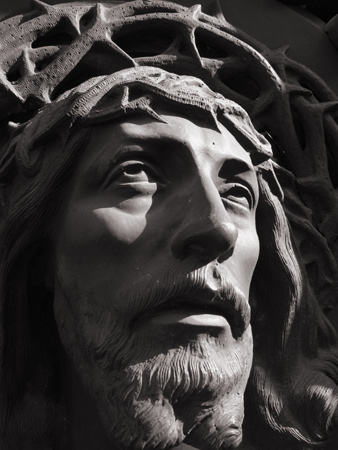
Documenting Recoleta Cemetery in Buenos Aires since 2007
In post #045, the original owners of the spectacular Art Deco/Neo-Byzantine vault pictured below had not been confirmed. Removed long ago, their family name has been cited differently in every book about the cemetery, with DeFerrari or Del Ferrari being the most common:

Thanks to Alejandro Machado & his obsession with Buenos Aires architecture, the family name has been verified as Defferari. Machado found the following photos in a January 1925 edition of a trade magazine titled “El Arquitecto.” Zooming in, the family name is fuzzy but certainly legible. There were a couple of interior photos published as well:




Even more exciting is the discovery of the identity of the architect… another bit of lost architectural heritage recovered by Machado. Alejandro Virasoro became the most important Art Deco architect in Buenos Aires with dozens of masterpieces in the city & founded a firm which still exists today. None of Virasoro’s buildings have the same Neo-Byzantine style of his vault in Recoleta Cemetery, but they are equally impressive… like this telescopic dome on Diagonal Norte:


Thanks to empedrados on Flickr for this rather fuzzy photo of the Iglesia de Pilar. Recoleta Cemetery is located immediately to the left of the church & the grounds in front look rather savage… but the police seem to have everything under control.
No date given for the photo.
Leave a Comment
The National Archives (Archivo General de la Nación) house a collection of about 50 historic photos of Recoleta Cemetery. The above photo, taken from the top of the entrance gate, dates from 1953 & shows that very little has changed over the past 50 years.
But compare this photograph to one from 1923 to see dramatic change… in the space of 30 years, all the highrises which now overlook the cemetery were built.
Leave a Comment